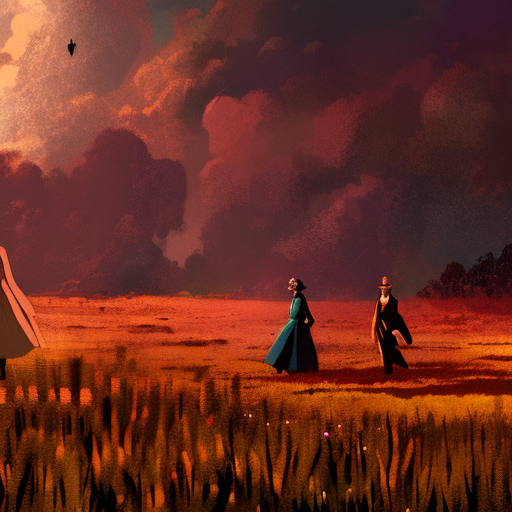One-line Summary:
Howards End is a novel by E.M. Forster that explores the social and cultural differences between three families in early 20th century England, ultimately highlighting the importance of connection and understanding.
The Wilcoxes, the Schlegels, and the Basts: A Clash of Classes
Howards End revolves around the lives of three families: the wealthy and conservative Wilcoxes, the intellectual and idealistic Schlegels, and the struggling lower-middle-class Basts. The story begins when Helen Schlegel becomes friends with Ruth Wilcox, the matriarch of the Wilcox family. Through this friendship, the two families become intertwined, leading to a clash of classes and ideologies.
The Wilcoxes, led by the pragmatic and business-minded Henry Wilcox, represent the upper class and their values. They prioritize material wealth, property ownership, and social status. On the other hand, the Schlegels, consisting of Margaret, Helen, and their brother Tibby, are intellectuals who value culture, art, and personal connections. They believe in the importance of empathy and understanding.
Leonard Bast, a young clerk, represents the lower class. He is married to Jacky, a woman with a questionable past. The Schlegels take an interest in Leonard’s intellectual potential and try to help him improve his circumstances. However, their efforts inadvertently lead to his downfall, highlighting the limitations of their idealism.
Howards End: A Symbol of Connection
The titular house, Howards End, serves as a symbol throughout the novel. It represents a connection between the different social classes and embodies the idea of a harmonious society. The house is initially owned by the Wilcoxes, but Ruth bequeaths it to Margaret Schlegel in her will, symbolizing a bridge between the two families.
However, the ownership of Howards End becomes a source of conflict. Henry Wilcox, who marries Margaret after Ruth’s death, wants to sell the house and build apartments on the land. Margaret, recognizing the symbolic importance of the house, fights to preserve it. The struggle over Howards End becomes a metaphor for the larger clash between the different classes and their conflicting values.
The Importance of Connection and Understanding
Throughout the novel, Forster emphasizes the importance of connection and understanding between individuals. The Schlegels, with their empathetic nature, strive to bridge the gaps between the classes. However, their attempts are often met with resistance and misunderstanding.
In contrast, the Wilcoxes prioritize self-interest and material gain, leading to a lack of understanding and empathy. This disconnect is evident in their treatment of Leonard Bast, whom they view as inferior due to his lower social status. The tragic consequences of this lack of understanding highlight the damaging effects of class divisions and the need for greater empathy and compassion.
Ultimately, Howards End serves as a catalyst for change. It brings the characters together and forces them to confront their differences. Through these interactions, they begin to understand and appreciate each other’s perspectives, leading to personal growth and a deeper sense of connection.
Key Takeaways:
- The clash between social classes and their differing values is a central theme in Howards End.
- Howards End symbolizes the connection between classes and the importance of understanding.
- Empathy and compassion are essential for bridging the gaps between individuals and classes.
- The novel highlights the damaging effects of class divisions and the need for greater understanding.
“Only connect! That was the whole of her sermon. Only connect the prose and the passion, and both will be exalted, and human love will be seen at its height.”
– E.M. Forster, Howards End
In Howards End, E.M. Forster delves into the complexities of class divisions and the need for connection and understanding. Through the interactions between the Wilcoxes, the Schlegels, and the Basts, the novel explores the limitations of material wealth and the importance of empathy. Howards End serves as a powerful symbol of connection, ultimately reminding us of the transformative power of human relationships.












